
Home Filing Tips 101: Simple Ways To Make Filing Easier So You'll Do It
Here are filing tips for your home filing system so that this chore becomes easier, and therefore you're more likely to do it regularly as needed.

As you work through the Organize Files Challenge here on the site, I hope one of the things you begin to understand is that you'll need to file papers in your home regularly and frequently, so that you can stay on top of the paper clutter.
However, I know that this task is not particularly fun, and therefore it is often something that gets neglected. Once you've set up your home filing system though you will hopefully be motivated to use it, and these simple ideas will help make it easier.
Types Of Filing Supplies To Use
No matter whether you've got a little filing, or a lot, you will need to use the right supplies to make it as easy on yourself as possible.
I suggest using a combination of hanging files for your main filing categories, and then manila file folders, with or without tabs (your preference) for anything that needs to be subdivided within those hanging files.
This will help you roughly categorize all of your papers, but still give you flexibility to separate out any files that you need from one another.
If the files don't need to be subcategorized you can keep them directly in the hanging file so you don't add extra bulk to your filing system with an unnecessary manila folder.
However, when there are subcategories you can use either use the general manila folders, or those with pockets (if you have a large amount of papers to fit in that subcategory or plan to carry the files around so they don't fall out the sides).
Once you've decided on your supplies it is important to keep extra of these filing supplies on hand at all times. The reason is that as new papers come in you need to be able, without a lot of extra effort, to expand files that are getting too cramped, or to add a category or subcategory without having to wait until you've got more supplies. The reason is that since filing is not thrilling if you don't do it, in the moment you're working on it, it isn't likely to get done.
How To Use File Tabs
All of your hanging files should have removable clear tabs that you can label, and then change their labels, as needed.
Tabs make it easy for you to find folders without having to move lots of papers and file folders. Always write legibly and clearly when you label your tabs. Either type the words in bold onto the tabs (using folder labels designed to run through your printer), or use a dark thick marker if you're handwriting them.
You can always choose the position of the tabs on a hanging file, and I suggest they all be left-aligned (see why below). Make sure you put the tab at the front flap of the hanging file, not the back. This allows you to pull the file forward and open it, without a push pull motion. In addition, having the tab at the front prevents papers from sticking up and blocking the label.
It is up to you whether the manila folders you use have tabs or have no tabs (I prefer to also have tabs for my subcategory folders). Make sure when you purchase your manila files that you purchase those that have one consistent position of the tabs, and not those which have alternating tab positions. I've explained why, below.
Why You Should Use Straight Line Tabs, Not Alternating Tabs
There are two types of folders with tabs, and I have a definite opinion of why you should use one of them, and not the other.
The two types of tabbed folders are those tabs which are all in the same position, either all left, right or center aligned, and those tabs which alternate between these three positions. Avoid alternating tabs, especially if your personality demands things look neat and uniform in your filing system.
Why am I so adamant that you should keep all your tabs in a straight line, and not have them alternate? Simple. Because your filing system is never complete. You're always adding files and papers to it, and removing other things from it. When you remove or add one of the alternating tabs you mess up the tab pattern, and it can drive you absolutely nuts. And even when the tab pattern is perfect it still is inferior to having the tabs in a straight line because the alternating placement makes your eyes dart around to read what file is which.
It is much better to choose one or two positions for your tabs. You could, for instance, have all your hanging files have left hand tabs, and then all of your manila folders have center or right aligned tabs. This allows you to not cover the category tabs with subcategory tabs, but avoids the pitfalls of having alternating position tabs.
Here are some suggested supplies, including hanging files, both regular and pocket manila folders, with the regular folders having all left aligned tabs, plus labels for your tabbed manila files.
Home Filing Supplies {Referral Links}
Make Filing Easier By Doing These Things
Once you have your filing system set up, and are doing the actual filing, make sure you make it as easy on yourself as possible.
- Remove paper clips from all papers before filing them, and instead staple the papers together that you previously had clipped. Paper clips fall off or accidentaly grab and stick to other documents.
- Add the newest paper to the front of the file or subfile, which will keep everything, roughly in reverse chronological order.
- Keep business files separate from personal files, so it is easier to find what you need when you need it.
- Use as much filing space as really needed for all of your file. Trying to shove more papers into an overly full folder or a drawer that has too much in it is awful, and makes you less likely, psychologically, to file as needed.
- To keep from accumulating too many files you should purge your files annually of anything old or no longer needed.
Binders Versus File Folders?
Throughout this article I've been discussing how to file papers into a file box, or file drawers, using file folders. However, some people choose to file their papers using a series of binders.
I've been asked which is better, binders or file folders? This is really a personal choice, since there are pros and cons to using binders, but my preference for most paper organization is to use files, not binders.
One of the mains pros for using binders is that they are great for organizing papers that should be kept in precise chronological order. They also work well for papers that you need to take to a meeting or appointment (as do pocket manila folders that have sides, so nothing falls out of the file).
The cons of using binders for paper organization are why, in general, I like folders better. These cons include that binders take up a fixed amount of space, whether full or holding one slip of paper. In addition, their capacity is finite. And finally, you have to punch holes in everything to use them, and also deal with pages ripping out.
How To Keep Up With Your Filing
Finally, as mentioned at the beginning of this article, to make filing not so overwhelming you've got to do it regularly and consisently. If you only have a small amount to file in a filing system that is set up properly you'll be more likely to just do it, since it won't take much time at all. Therefore, when doing your weekly paperwork session that I highly recommend to keep yourself organized, make filing a part of it and just get it done!
Photos of the straight line and alternating tabs manila folders both from Smead, available on Amazon at the links.
Some links on this page are affiliate links, meaning that if you purchase a product through them I receive a small commission which helps me provide this information to you for free, plus support my family. My integrity and your satisfaction are very important to me so I only recommend products I would purchase myself, and that I believe would benefit you. To learn more please see my disclosure statement.
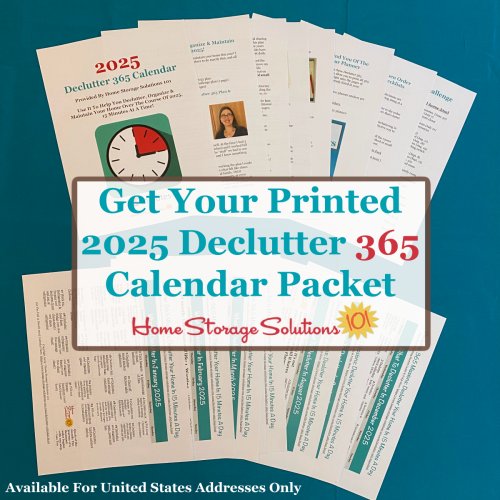
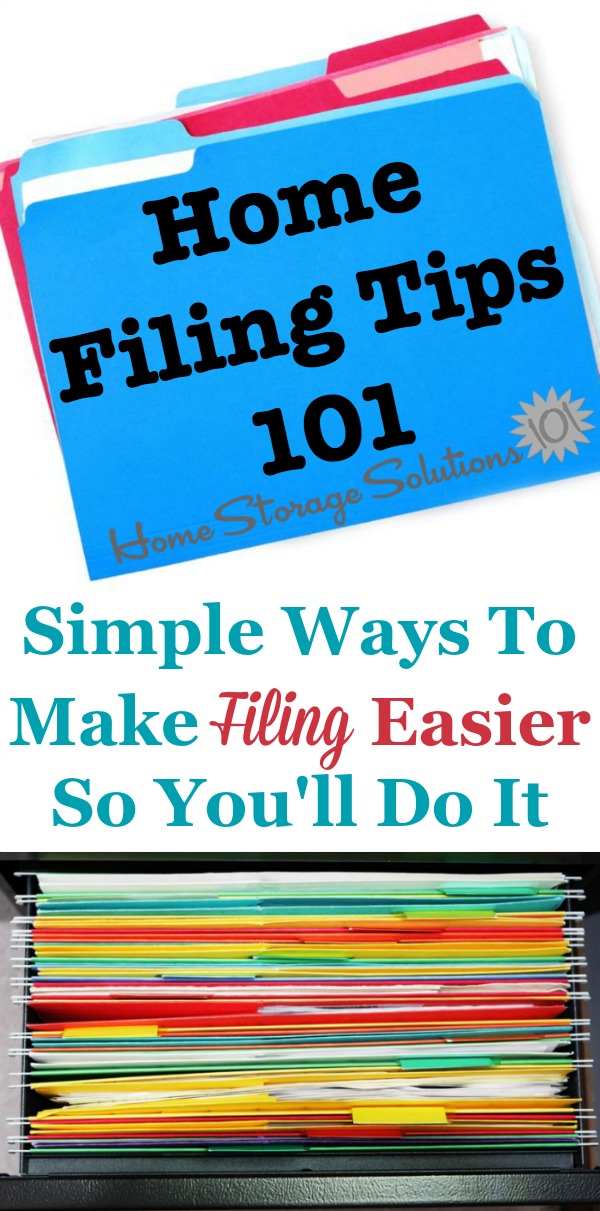

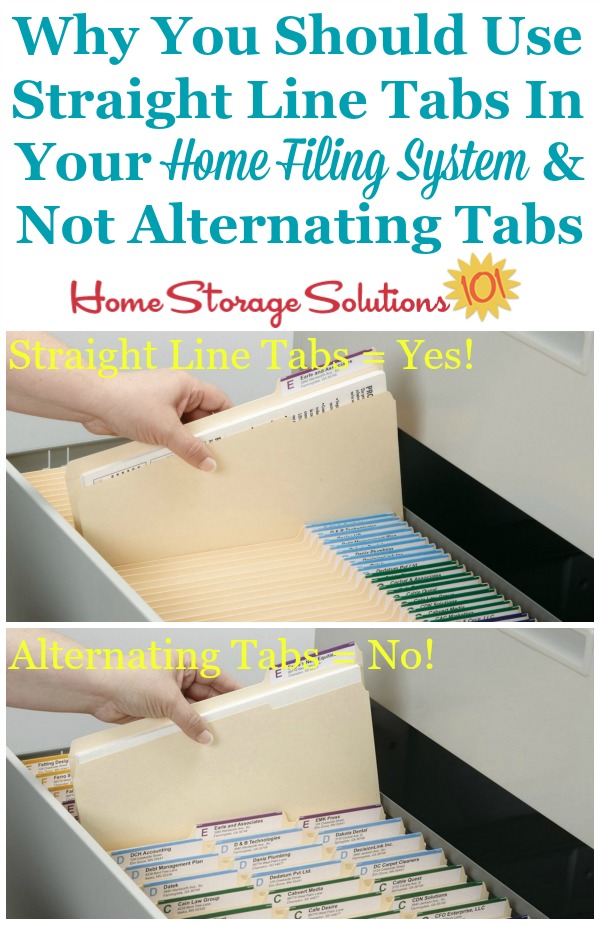
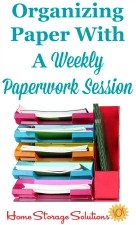
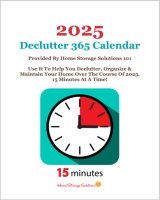
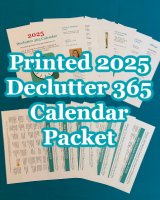




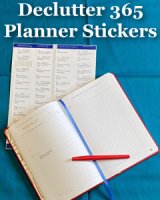







Share Your Comments, Tips & Ideas
I would love to hear from you, sharing your thoughts, questions, or ideas about this topic, so leave me a comment below. I try to always respond back!